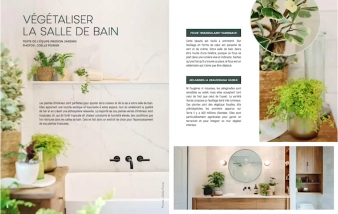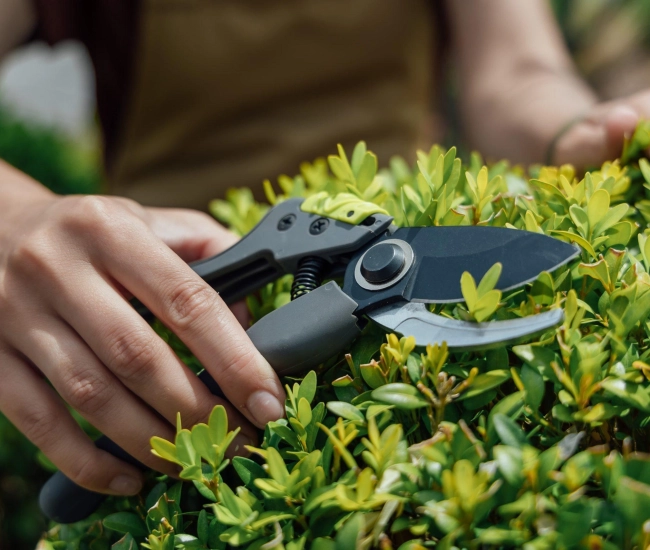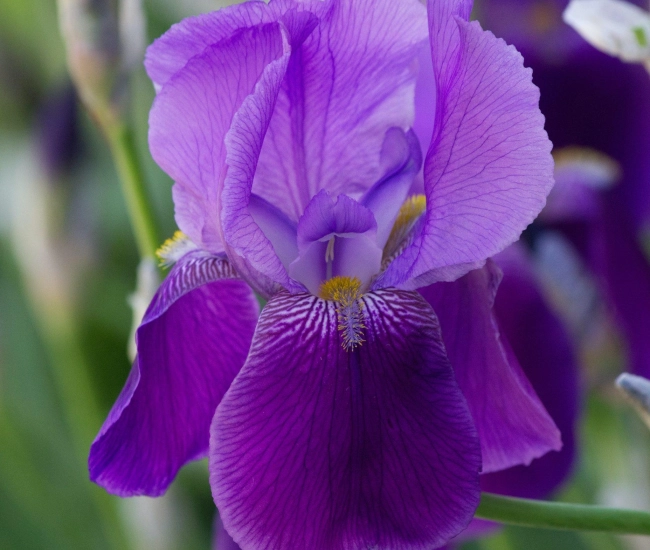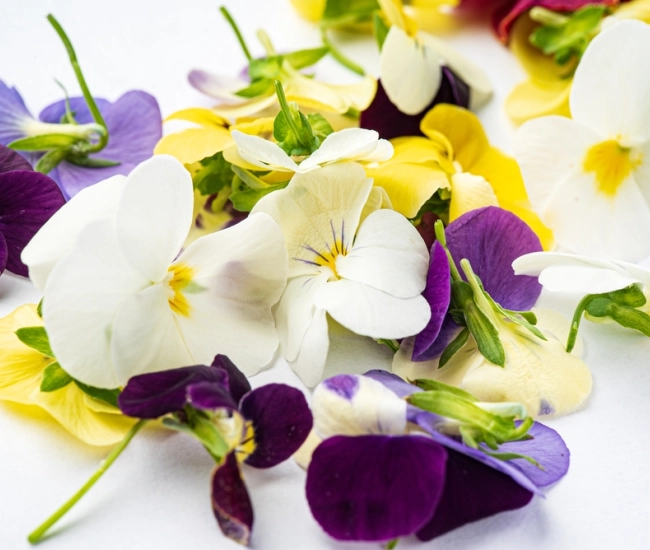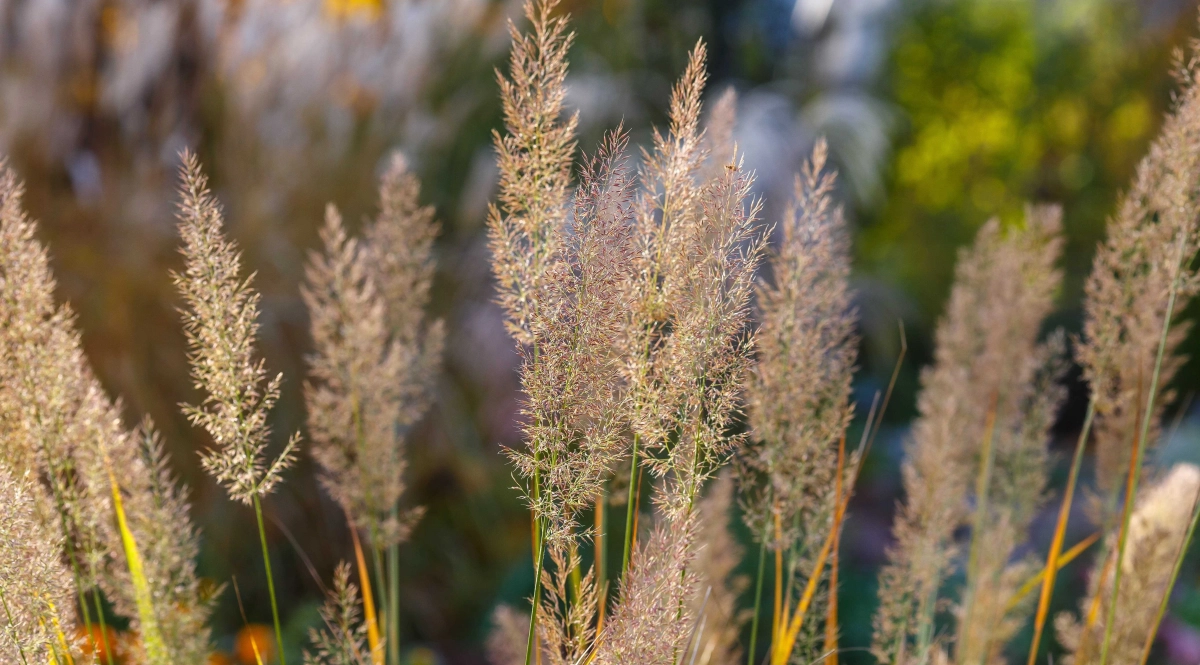
Text by Hélène Baril: Horticulturist, author & speaker
__
Although increasingly popular, ornamental grasses are, in my opinion, still too little used in our gardens. They bring shape, color, and movement to our flower beds, and their integration among tree, shrub, and perennial plantings adds a touch of softness and offers a unique spectacle in autumn.
A bit of history
Wheat, corn, rice, and oats have been part of our diet for a long time. Cultivated on a large scale to feed humans and livestock, grasses are still present on many continents. From an ornamental point of view, they were first used to create lush English lawns that highlighted flower beds. Subsequently, their particular botanical characteristics, varied sizes, bright and changing colors, and ease of cultivation allowed them to carve out a place in our gardens.
So easy
They are very low-maintenance. They adapt to most soils, even poor or clay ones, and are rarely visited by pests. In the first year of planting, regular watering is necessary for their establishment. After that, you can let nature do the work for you (except during periods of severe drought). Isn’t it wonderful? In the fall, adding compost is beneficial to protect their roots from climate variations. Pruning is done early in the spring. Dead foliage should be cut back to 5 or 10 cm from the ground. Be careful, some of them have persistent foliage that only needs cleaning and not cutting back (carex, fescues, oats).
An informed choice
Annuals or perennials, small or large, for wet places or arid soils, there is something for everyone. Appreciated for their beautiful erect or loose flower spikes, or for their slender foliage with changing hues throughout the seasons, grasses will meet all your needs. Here are some selection criteria that will help you make the right choice:
• Check the hardiness zone to ensure it matches your region.
• Check the mature size to avoid selecting invasive grasses (Phalaris, Elymus, Phragmites).
• Ensure they receive the sunlight they need.
• Vary your choices based on their habit and flowering period.
Some stars with persistent foliage that require no pruning
- Helictotrichon sempervirens
Blue oat grass
Full sun perennial grass with tall inflorescences and delicate bluish foliage. Drought tolerant.
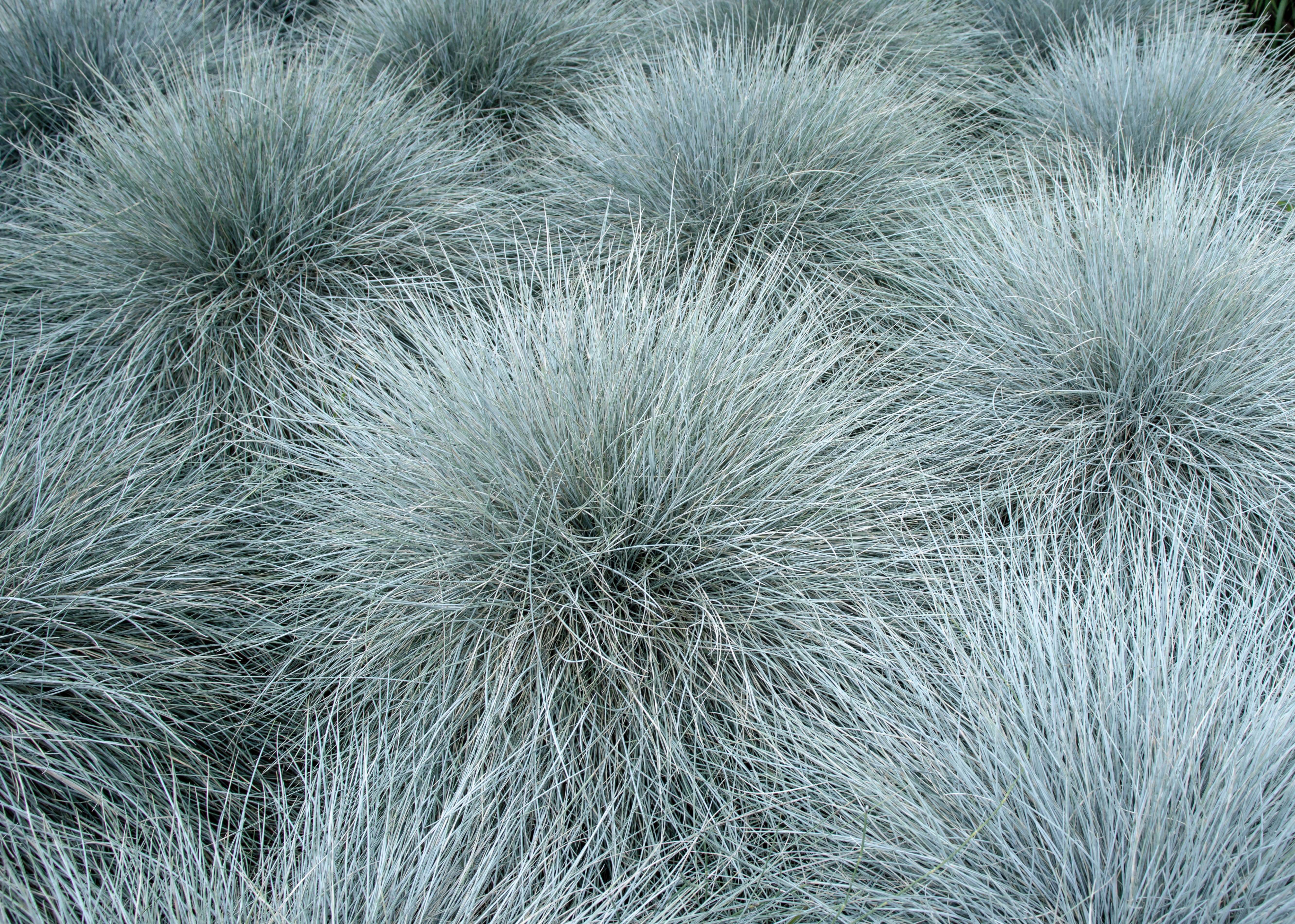
- Festuca glauca
Blue fescue
Small perennial grass with silver-blue foliage forming a small cushion. Very tolerant of drought and heat. Carex oshimensis ‘Everillo’
Oshima sedge ‘Everillo’
Ground cover with golden yellow foliage that brightens semi-shaded sites. Prefers cool but well-drained soils.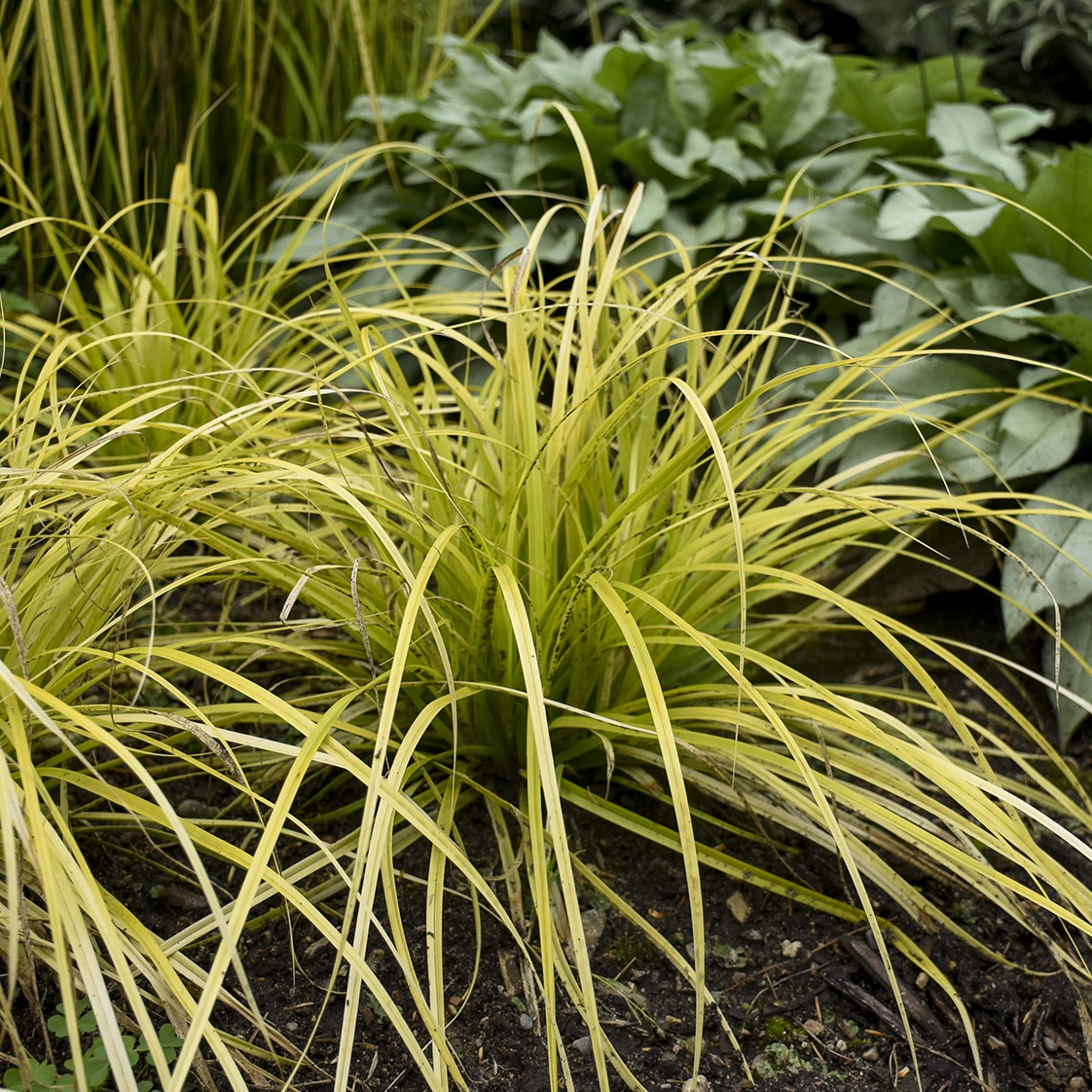
Annuals for your containers
- Isolepis cernua ‘Live Wire’
Isolepis ‘Live Wire’
Beautiful companion plant with fine foliage and unique flowering that will illuminate your arrangements. A slightly moist potting mix suits it. - Pennisetum setaceum ‘Cherry Sparkler’
Fountain grass ‘Cherry Sparkler’
Magnificent pink inflorescence on green foliage variegated with white and pink. A rich, fresh potting mix is beneficial. - Stipa tenuissima
Feather grass or Pony Tails
With finesse, this elegant grass sways in the wind. It tolerates light potting mixes and moderate watering.
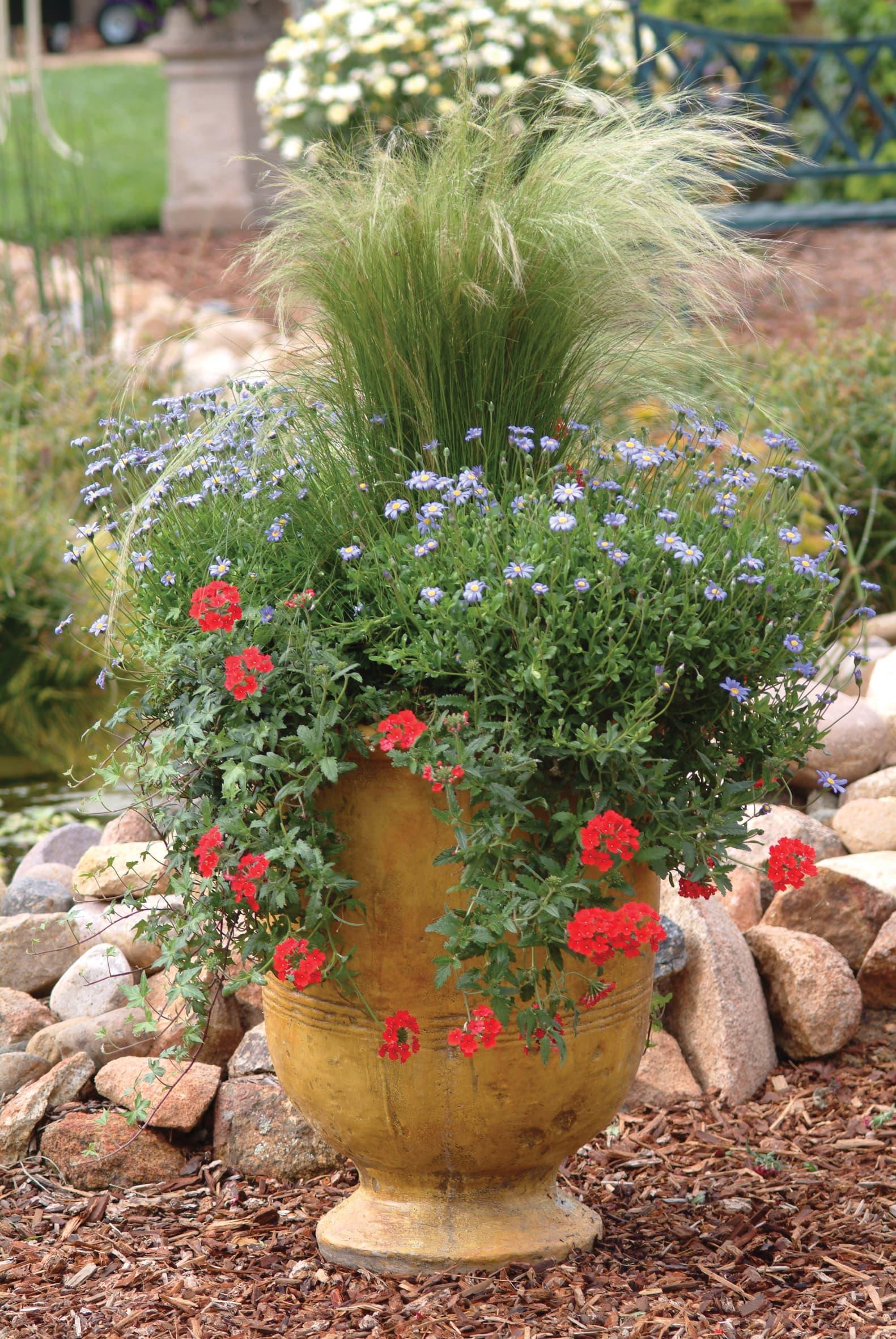
Perennial grasses tolerant of drought
- Panicum virgatum ‘Northwind’
Switchgrass ‘Northwind’
Tall erect grass with green then bluish foliage in summer. It turns yellow and orange in autumn. - Sesleria autumnalis
Autumn moor grass
Small chartreuse green tuft that thrives in rocky, dry, and poor soils.
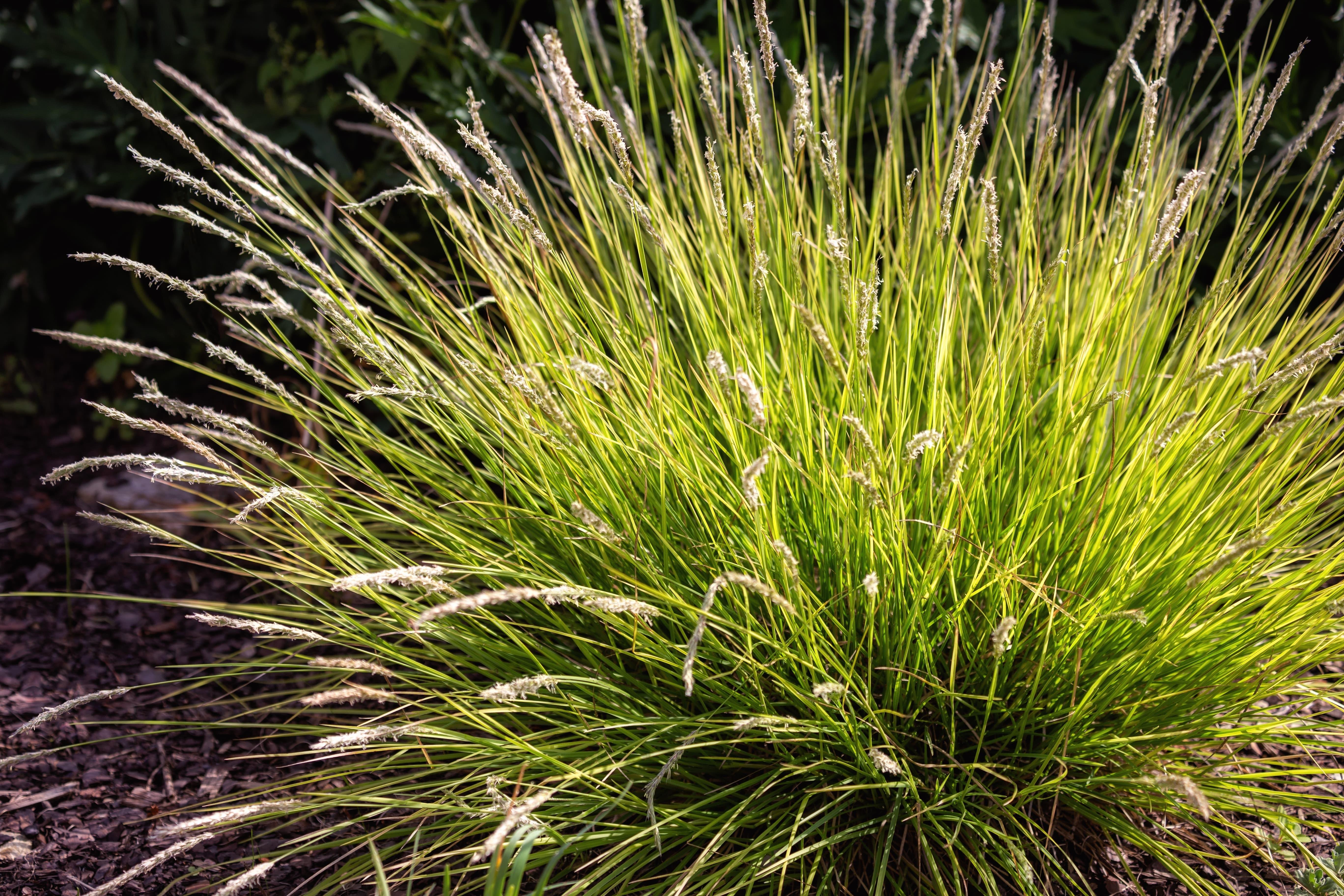
- Sporobolus heterolepis
Prairie dropseed
Beautiful native grass that deserves to be known. Its fountain-like habit and fine foliage bend towards the ground. It turns orange in autumn.
Tips and advice
